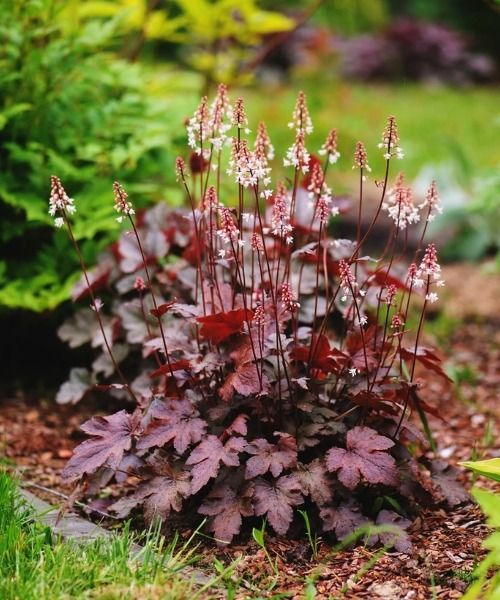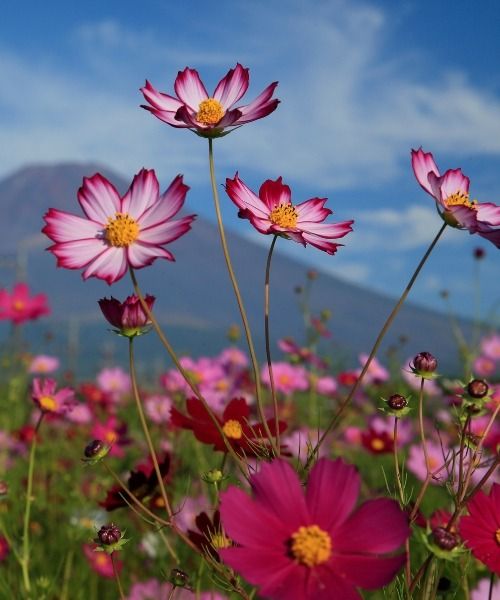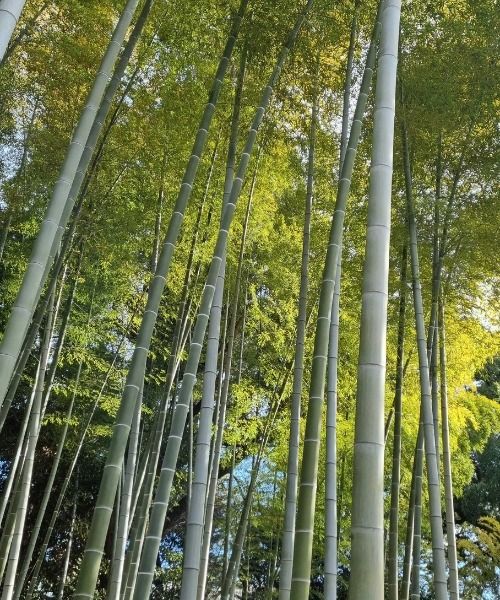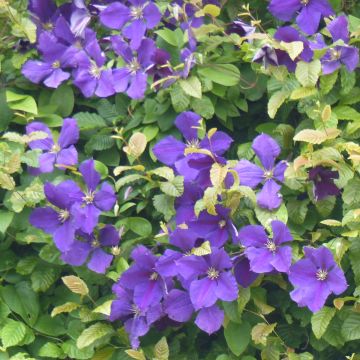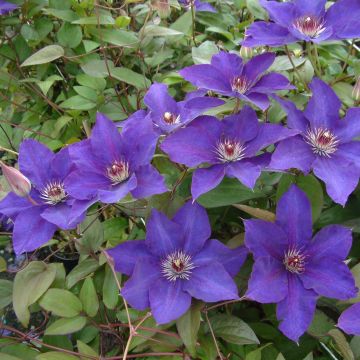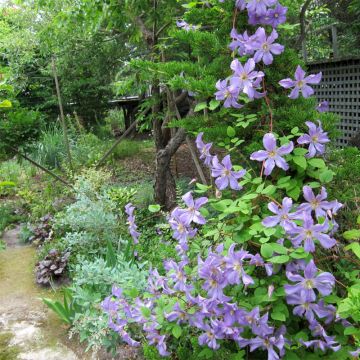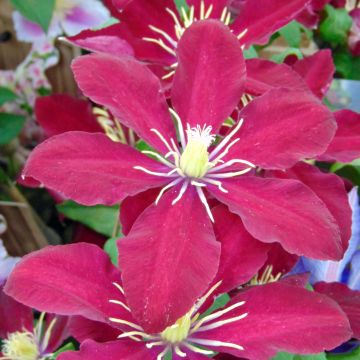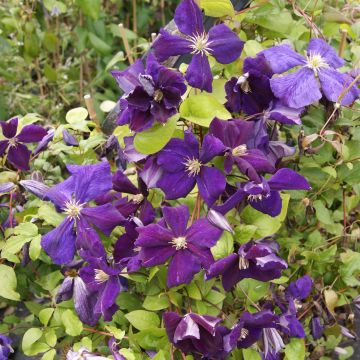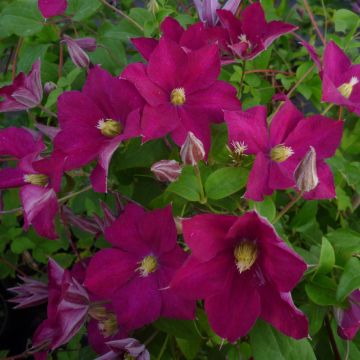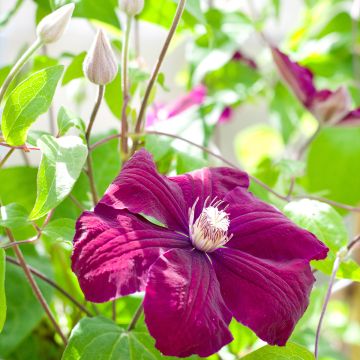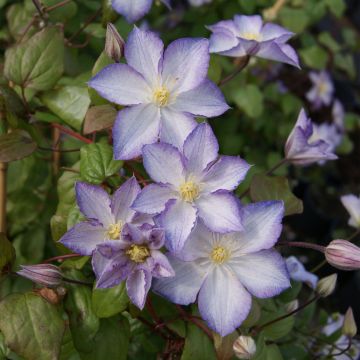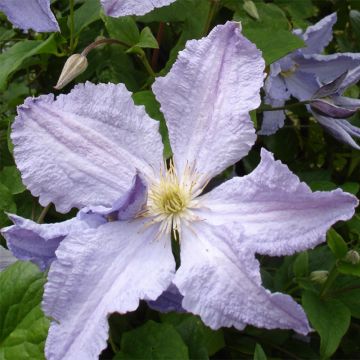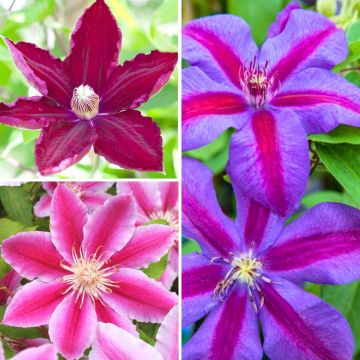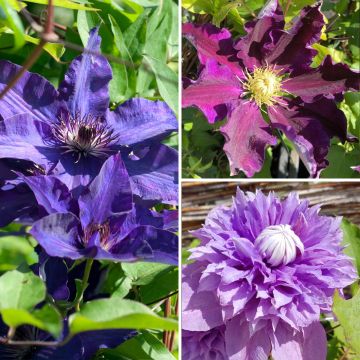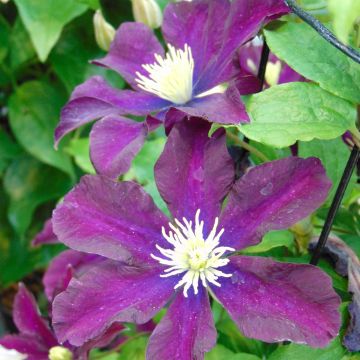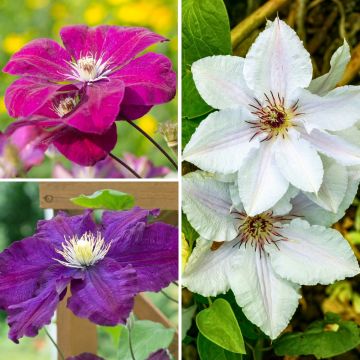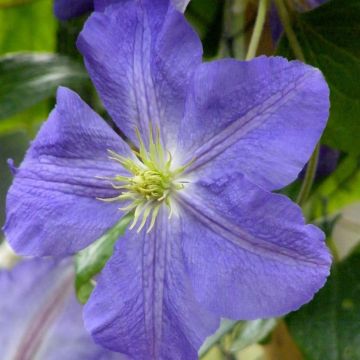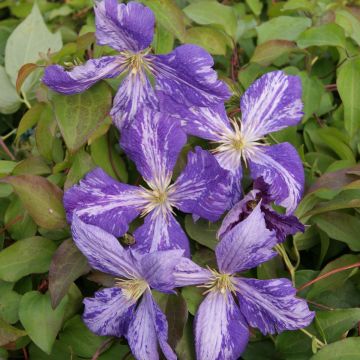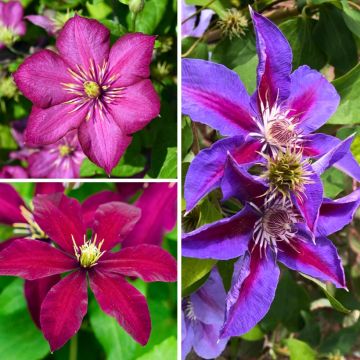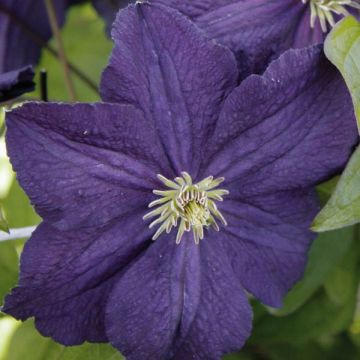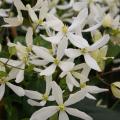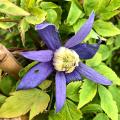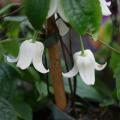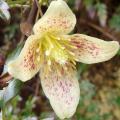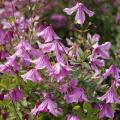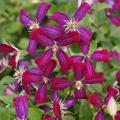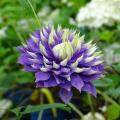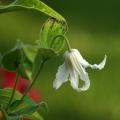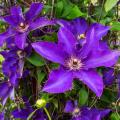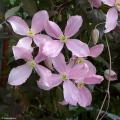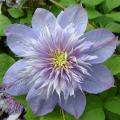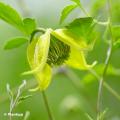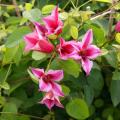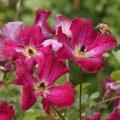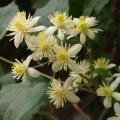Clematis Jackmanii
Does this plant fit my garden? Set up your Plantfit profile →
Available in 1 sizes
Available in 3 sizes
Available in 1 sizes
Available in 3 sizes
Available in 1 sizes
Available in 1 sizes
Available in 4 sizes
Available in 1 sizes
Available in 3 sizes
Available in 1 sizes
Available in 1 sizes
Available in 3 sizes
Available in 1 sizes
Available in 1 sizes
Available in 3 sizes
Available in 1 sizes
Available in 1 sizes
Clematis jackmanii, also known as Jackman's clematis, is certainly one of the most well-known and widely planted climbing plants in gardens. It is a climbing plant with strong growth and abundant flowering. This Japanese hybrid, introduced to Europe around 1855, is a cross between Clematis lanuginosa, the red form of C. viticella, and Clematis hendersonii, belonging to the group of early-flowering large-flowered clematis. Adorned with large star-shaped flowers (13 to 15cm (5 to 6in)) in a bright purple colour, it blooms on new shoots from June to the end of September. This robust climbing plant, reaching a height of 3m (10ft), has given rise to numerous cultivars with variously coloured flowers, almost white in the case of 'Alba' or purple in the case of the variety 'Purpurea Zojapur', for example.
Extremely decorative, hardy, and easy to grow in many regions, it can be planted in any type of garden. It attaches itself to its support using petioles transformed into tendrils, covers a trellis on a wall, beautifies a fence like no other, and can be installed on a pergola, or even in a pot on the terrace or balcony. Like many clematis, it prefers to have its base shaded and its "head" in the sun, but it is not demanding in terms of soil and can be easily grown by all gardeners, even beginners. Its maintenance consists of a short pruning in late winter.
Haven't found what you were looking for?

































